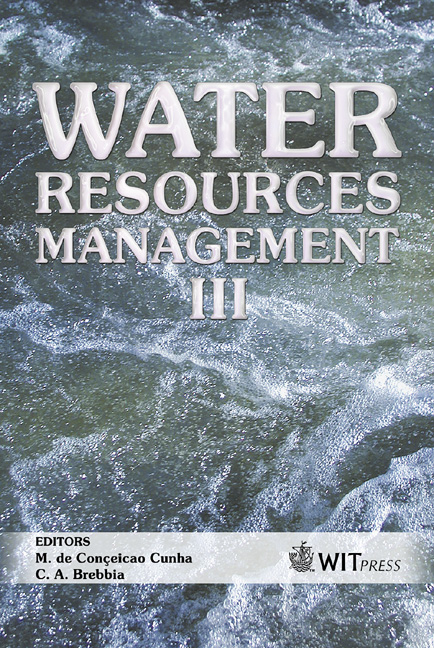Geotechnical Aspects On Design And Construction Of Stabilization Ponds
Price
Free (open access)
Transaction
Volume
80
Pages
9
Published
2005
Size
872 kb
Paper DOI
10.2495/WRM050041
Copyright
WIT Press
Author(s)
R. Flores Berrones & X. Li
Abstract
A geotechnical methodology is presented in this paper which should be followed in order to prevent and avoid water leakage, geological faults, slope failures and uncontrolled settlements in stabilization pond systems. Identification of special problem soils (expansive, collapsible, dispersive and highly compressible) is also described, together with some solutions to handle the stabilization or improvement of such soils. This paper is based on the experience obtained by analyzing the behavior of several case studies that were carried out for different soil conditions in Mexico. Several geotechnical recommendations are given for the design and construction of stabilization ponds. The criteria and recommendations of this work will become important and practical tools for designers and constructors to improve the life of this kind of facility. Keywords: stabilization ponds, geotechnics, problem soils, soil permeability, wastewater treatment. 1 Introduction Wastewater treatment in Mexico is quite behind the potable water supply and sewer systems services given by municipalities and governments. It is estimated that 170 m3/s of municipal wastewater is generated and according to the last census (1999), 54% of the existing wastewater treatment facilities are stabilization ponds systems. The flow to be treated by this system is estimated to be around 17.5 m3/s. From the environmental, economical, political and social points of view, wastewater treatment represents a very important issue in Mexico. Nevertheless, the efficiency of these plants is not good enough to accomplish the preestablished goals. Dealing with pond systems, many facilities have several
Keywords
stabilization ponds, geotechnics, problem soils, soil permeability, wastewater treatment.





